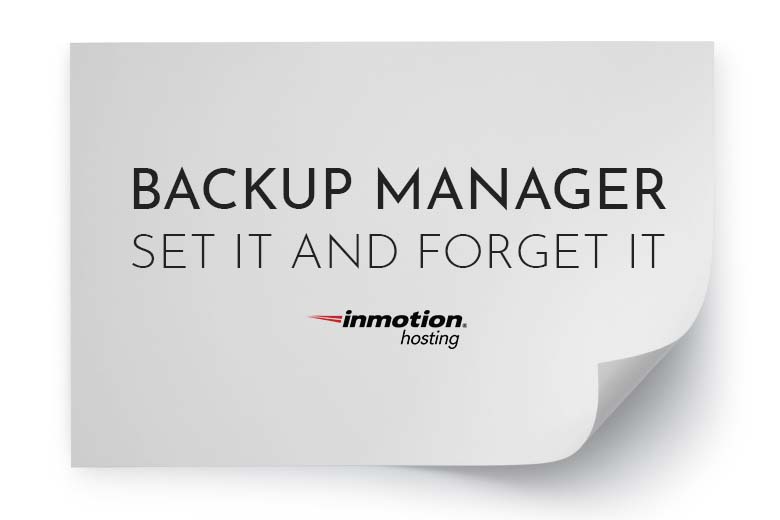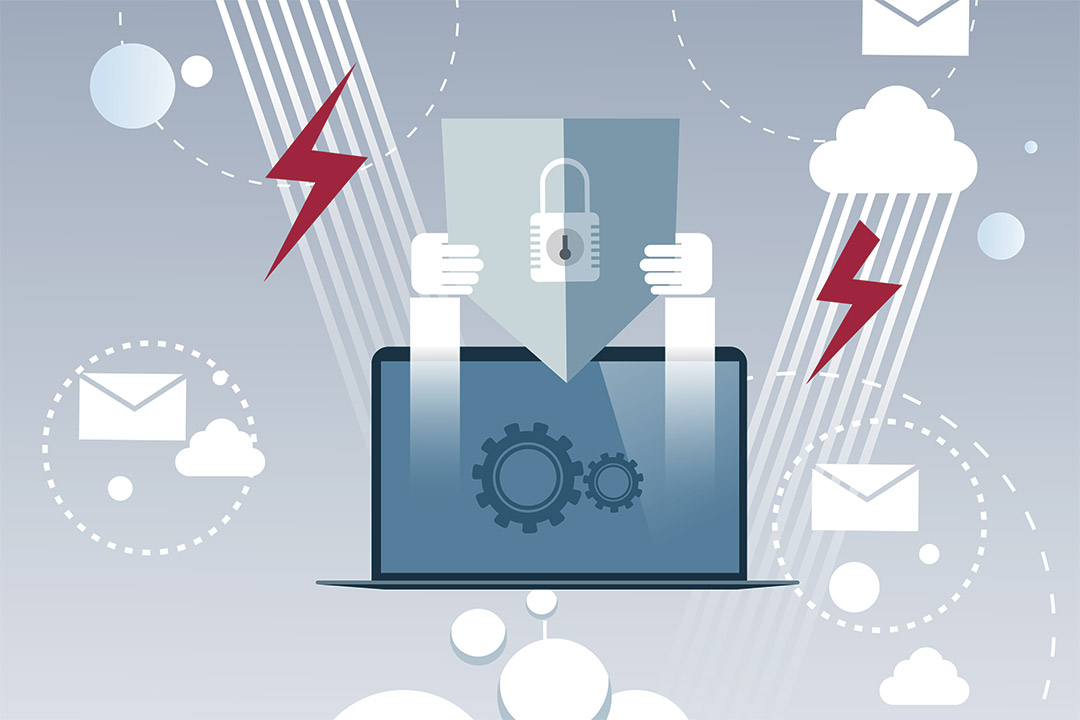
You have to backup your website. As a business owner, it is the hub of your brand. Every component of your website is the result of your decisions and way of thinking. There are a lot of security measures you should take seriously including:
Continue reading –>

